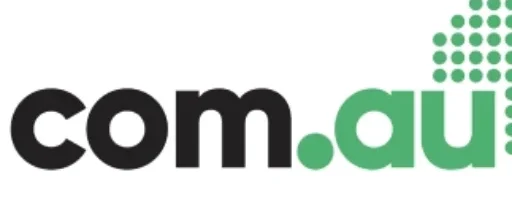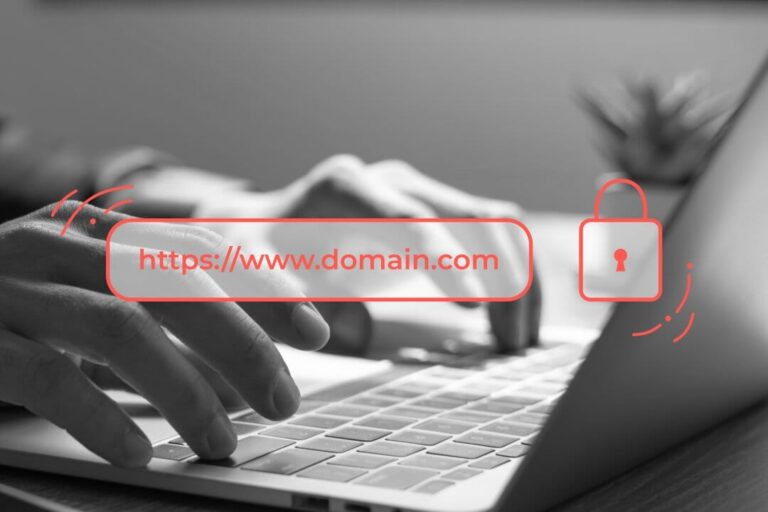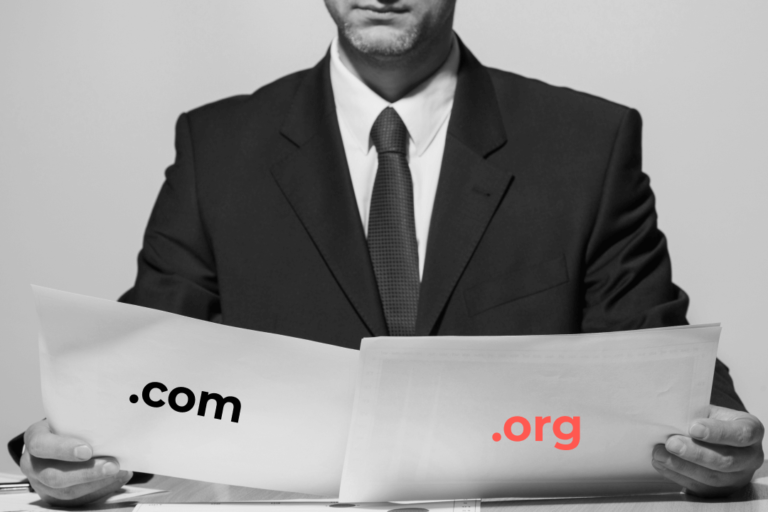A Comprehensive Guide to URL Masking in WordPress
When managing a website, controlling what users see in their browser’s address bar can be a valuable strategy. URL masking, also known as domain or link masking, allows you to display one URL while loading content from another. This can enhance privacy and simplify links, but it also comes with significant drawbacks, particularly for SEO.
In this guide, we’ll explore what URL masking is, its advantages and disadvantages, and how to implement it in WordPress.
What Is URL Masking?
URL masking is a technique that enables a website to display content from another page while keeping the original URL in the address bar. Unlike standard redirection, which takes users to a new URL, masking ensures that the displayed URL remains unchanged.
This technique is commonly used for branding, marketing, and privacy purposes. Some affiliate marketers, for example, use URL masking to hide referral links.
There are several methods to achieve URL masking, including:
1. Domain Masking
This involves directing a domain or subdomain to another URL while keeping the original domain visible. Many affiliate marketers and URL-shortening services like Bitly use this approach.
2. JavaScript Redirection
A JavaScript script redirects users to another page while keeping the original URL in the browser.
3. Server-Side Scripting
Developers can use PHP, ASP, or other server-side scripts to load content from another page while keeping the displayed URL unchanged.
4. Proxy Masking
A proxy server fetches and displays content from another page without altering the browser’s address bar.
5. URL Rewriting
By modifying the .htaccess file, website owners can change the URL structure to make it appear as though different content is coming from the same URL.
6. Frame Masking (iFrame)
An HTML frame (iframe) is used to display content from another page while keeping the original URL visible.
Why Use URL Masking?
There are several reasons why website owners use URL masking. However, its effectiveness depends on the specific goals of the website.
1. Enhancing Brand Recognition
URL masking ensures that users always see your domain name, even when viewing different content. This can reinforce brand identity and make URLs more shareable.
For example, a homepage URL like https://www.YourDomain.com might become long and complex when users navigate deeper into the site. Masking simplifies this by keeping the main URL visible.
2. Hiding Affiliate Links
Some websites use URL masking to conceal affiliate links, making them appear as part of the main domain. This can prevent users from bypassing affiliate links, though it is considered an unethical practice.
In the U.S., disclosure of affiliate links is legally required. Many users are more likely to support a site if they know their purchase helps the website owner.
3. Protecting Privacy
When registering a domain, personal details are often publicly available through WHOIS. Domain masking can help conceal this information, offering an extra layer of privacy. Many web hosting providers offer domain privacy protection services.
4. Concealing Subdomains
Some websites use subdomains for specific content sections, which can make URLs look cluttered. URL masking allows content from subdomains to appear as if it’s coming from the main domain, creating a more seamless user experience.
The Downsides of URL Masking
While URL masking has its benefits, it also presents several issues that can negatively impact user experience and SEO.
1. Confusing for Users
Masked URLs can make it difficult for users to share or bookmark specific pages. If a user saves a masked URL, they may later find that it leads to a different page than expected.
2. SEO Issues
Search engines rely on URLs to index and rank content. Masking can create duplicate content issues, as the same content appears under multiple URLs. This can harm search rankings and even result in penalties from Google.
In extreme cases, Google may remove a site from search results if it detects deceptive URL masking practices.
3. Reputation Risks
Because scammers often use URL masking to disguise fraudulent websites, legitimate sites using this technique may be perceived as untrustworthy. Users who recognize URL masking may avoid interacting with such websites.
How to Implement URL Masking in WordPress
If you decide to use URL masking despite the risks, there are a few ways to do it in WordPress. Below are two common methods:
Method 1: Using the Content Mask Plugin
The Content Mask plugin makes URL masking simple. It






